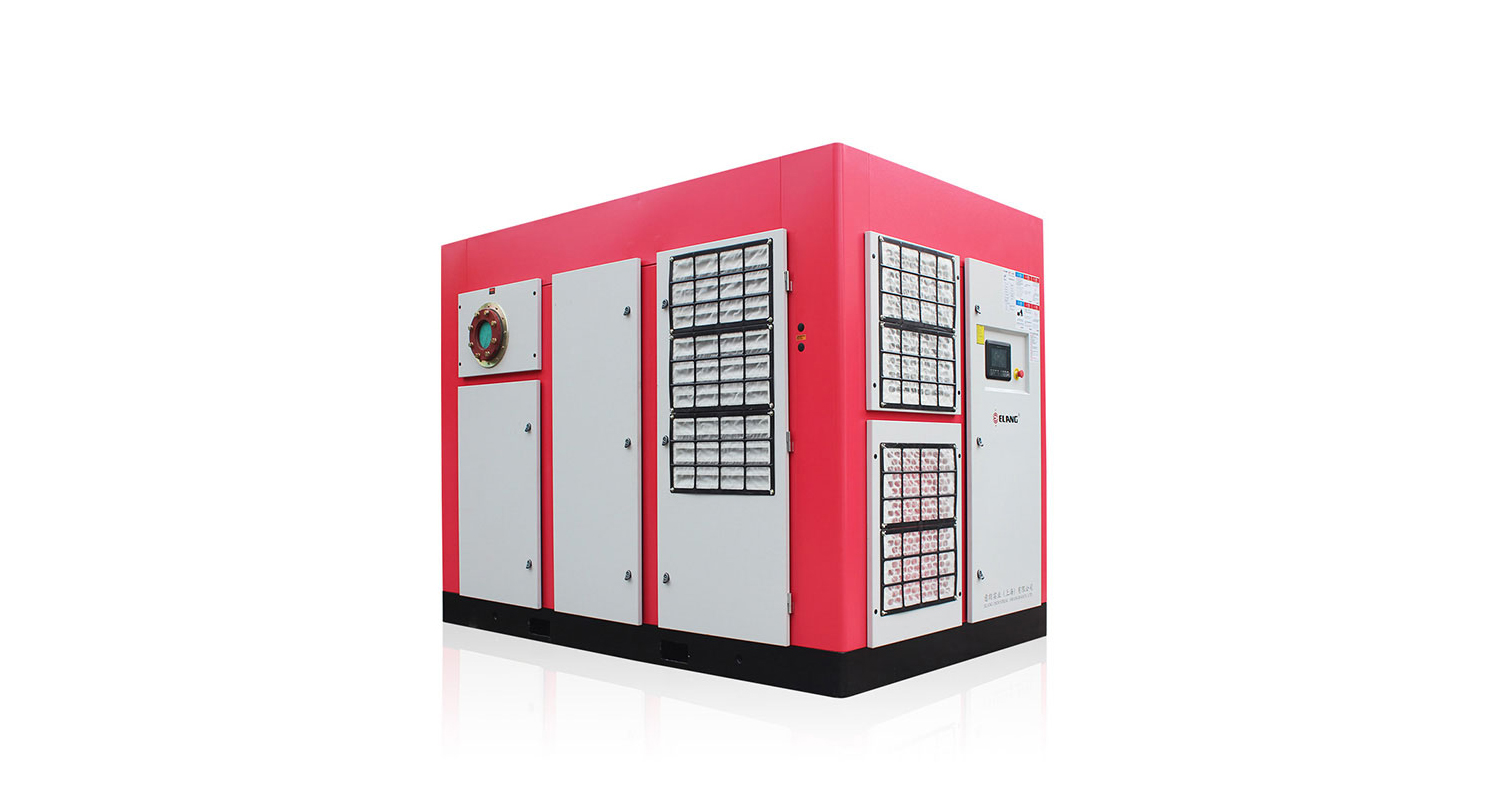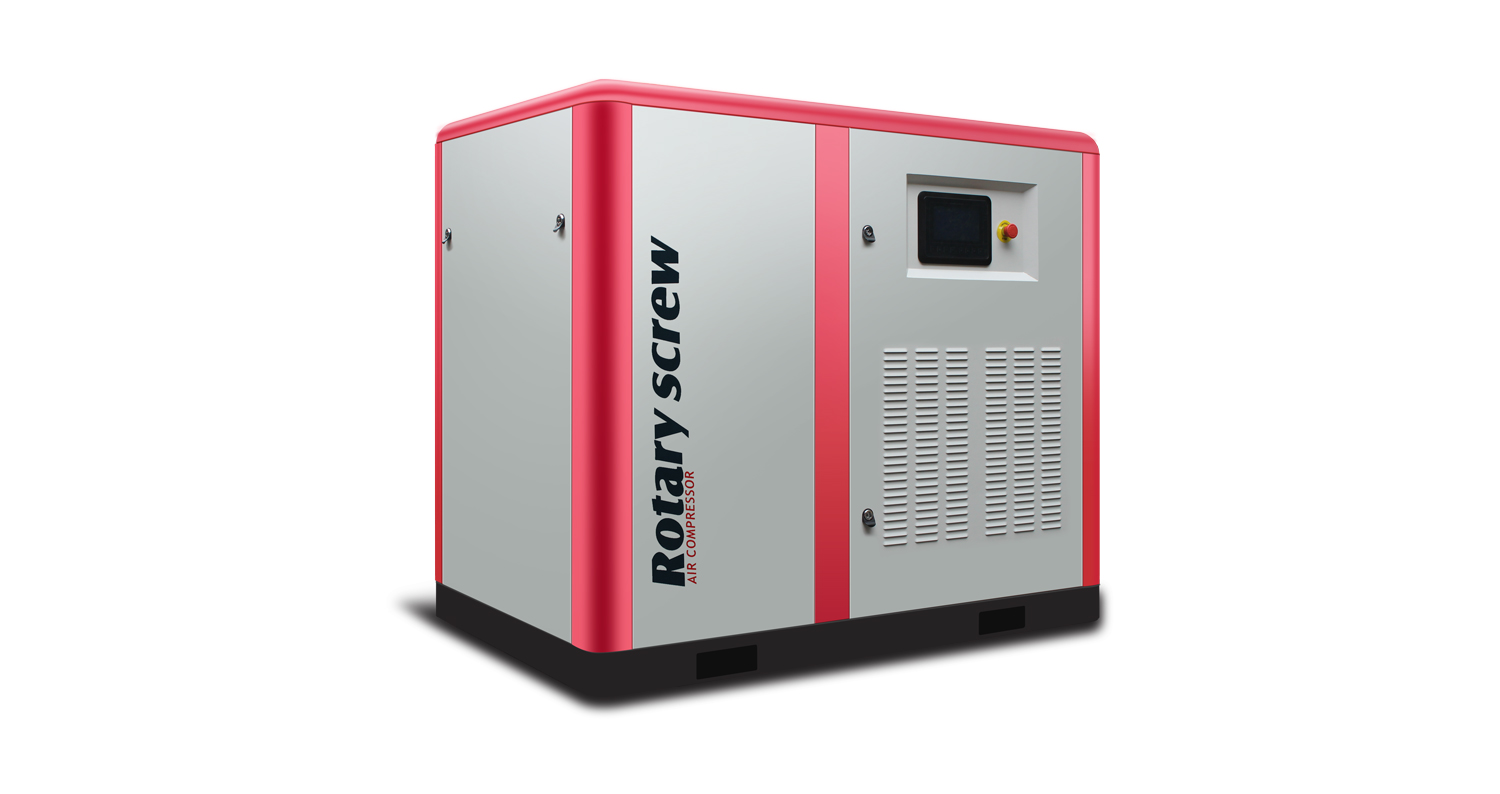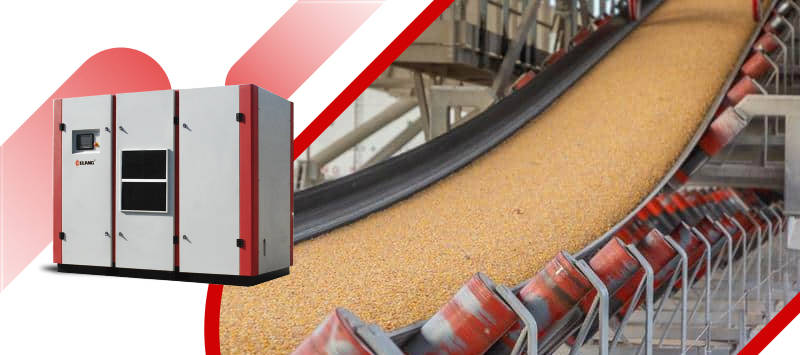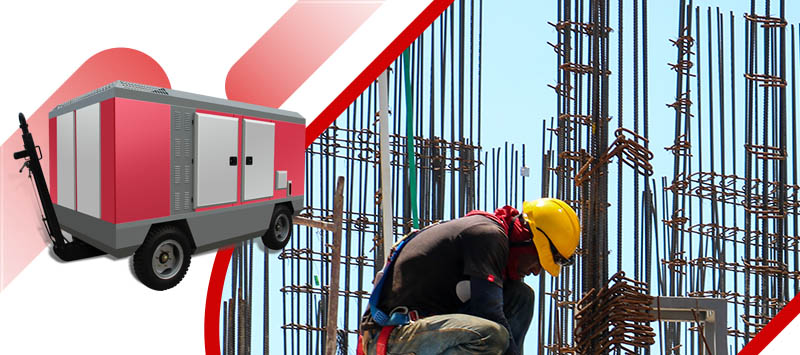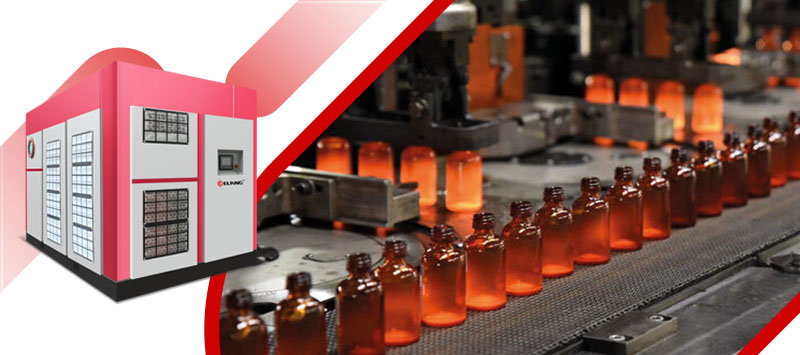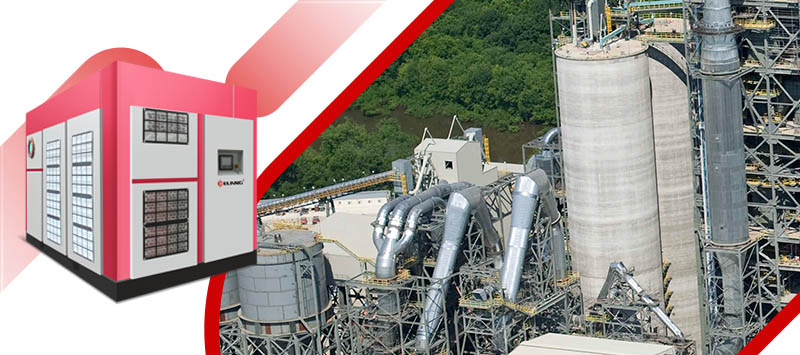
In cement production, a large number of relatively low pressure air fans are required to provide fuel or combustion supporting air for kilns, whether pulverized coal or oil. The pressure of the fan is high, and the air quenches the cement clinker to sharply reduce its temperature from 2500 ° f to 150 ° F, so as to improve the cement quality, restore heat, and cool the cement clinker to a temperature suitable for grinding. In the cement industry, compressors are important power source equipment widely used in all stages of production to provide compressed air for pneumatic tools, material conveyance, automated control, and other applications.
Application of compressors in the cement industry
Air compressors in the cement industry primarily serve as air power sources for the following processes, such as pneumatic equipment, raw material pre-treatment control valves, and conveying systems; they also regulate temperature, such as in raw material preparation for cleaning sensors and adjusting mill temperatures, clinker calcination for burner control and cooling air; they are also involved in raw material transportation, cement grinding and packaging to adjust product fineness and achieve filling, and support automated instrumentation operations in auxiliary processes.
Generally, the cement plant will be equipped with low-pressure powder system – low-pressure air compressor cement conveying system to solve the problems of noise emission, high oil consumption, cement moisture, inner plate of cement silo, etc. A series of problems such as garbage, falling ash on the warehouse top, environmental pollution and even warehouse explosion have been solved. At the same time, the transportation time was reduced by 50%. The cement conveying system of low-pressure air compressor is equipped with compression system in the concrete station. The compressed air is generated by the low-pressure screw air compressor. Compressed air is stored and buffered through the air tank.
The air supply interface is connected with the pneumatic conveying pipeline. After the powder is transported to the silo, the system will monitor the data of the silo in real time.Once the gas pressure is too high and there is too much powder, the system will start from scratch. Dynamic early warning, locking and closing the air compressor fundamentally solve the problem of over pressure. The conveying system based on low-pressure press can effectively control dust and noise pollution. In many drying plants, raw materials are transported and mixed through compressed air pumps and ventilation equipment to form precise chemical control composites.
Selection of compressors for the cement industry
In the wet treatment plant, compressed air is used to mix the slurry to maintain the uniformity of the mixture and minerals in the suspension. In order to reduce the fuel consumption in the combustion process, many factories are driven by vacuum pumps.
The filter dries the mud. In order to ensure the free flow and discharge of powdery materials, warehouse ventilation is a common attempt in the whole industry. Of course, cement plants not only use low-pressure air compressors, but also ordinary screw air compressors, variable-frequency air compressors and other air compressors are common configurations in cement plants.
Common types include screw-type (widely used, suitable for medium to high flow rates), piston-type (suitable for high-pressure intermittent operations, gradually being replaced), centrifugal-type (high flow rate, suitable for centralised air supply in large plants), and scroll-type (compact, used in low-flow, high-cleanliness scenarios).
Requirements for compressors in the cement industry
Key requirements include dust resistance (high-efficiency filtration, sealing), high-temperature heat dissipation (optimised cooling), high reliability (wear-resistant components), air quality compliance (oil, water, and electricity removal), and energy efficiency (selecting high-efficiency equipment). Elang low-pressure air compressors fully meet these requirements, providing stable, high-quality compressed air for extended periods while offering significant energy savings.

